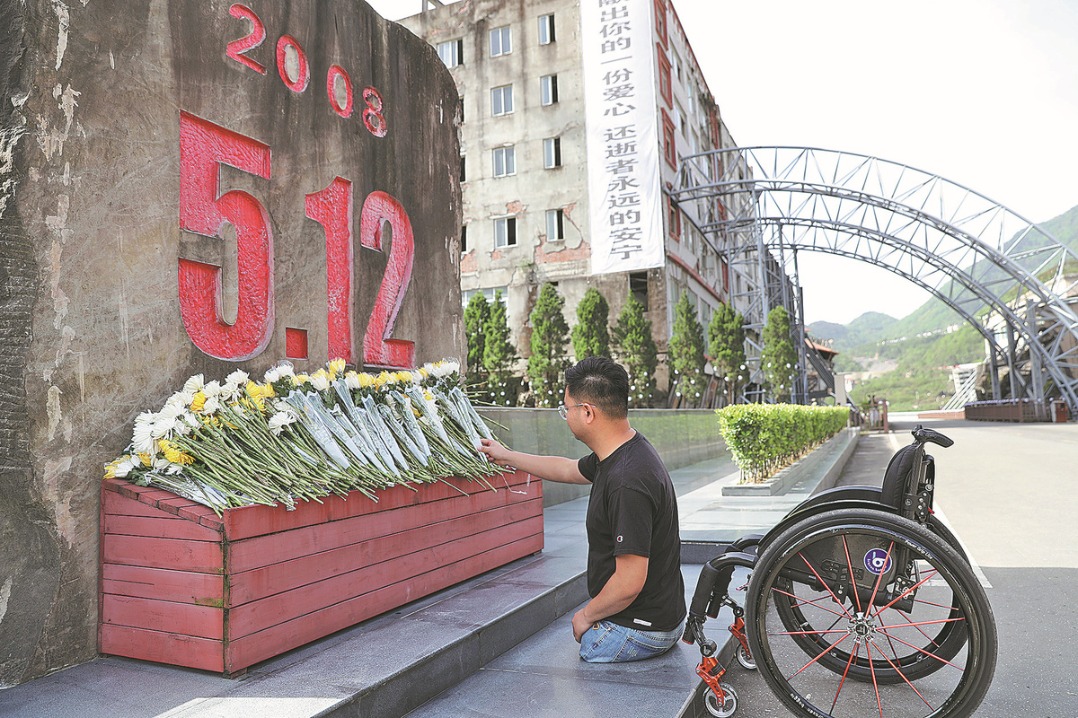Tech marvel
By HOU CHENCHEN/ZHU XINGXIN | China Daily | Updated: 2024-10-11 09:35

"We can see in the grottoes that in just over 100 years, the style of Buddha statues transformed from delicate and refined to robust and rounded, reflecting the evolution of Buddhist art in China," Jia said.
Wu Hung, director of the Center for the Art of East Asia at the University of Chicago in the US, addressed Eastern art being taken by Western collectors in his 2021 Humanities Day speech.
"In the field of art there was a disregard of the integrity of an ancient site and the 'absence of protest'," he said in a speech titled "In the Name of Art: Destruction and Reconstruction".
Wu said that unlike in Europe, Buddhist sculptures in Asia are integral to beliefs and daily life, and are not just art.
The destruction of relics in East Asia is tied to Western and Japanese colonial policies. The absence of protection laws and a disregard for ancient sites facilitated art trafficking amid political chaos.
"Frequently, when a group of extraordinary Buddhist sculptures was discovered in situ, the most beautiful and unique pieces were photographed and then physically removed to become prized collections of … museums in the West, leaving the sites as abandoned ruins," he said.
Katherine R. Tsiang, the center's associate director, said during a Peking University webinar in 2022 that museums that acquire such artifacts often have limited information about their acquisitions. Some Buddha statue heads are even stored in warehouses and may never see the light of day again.
























